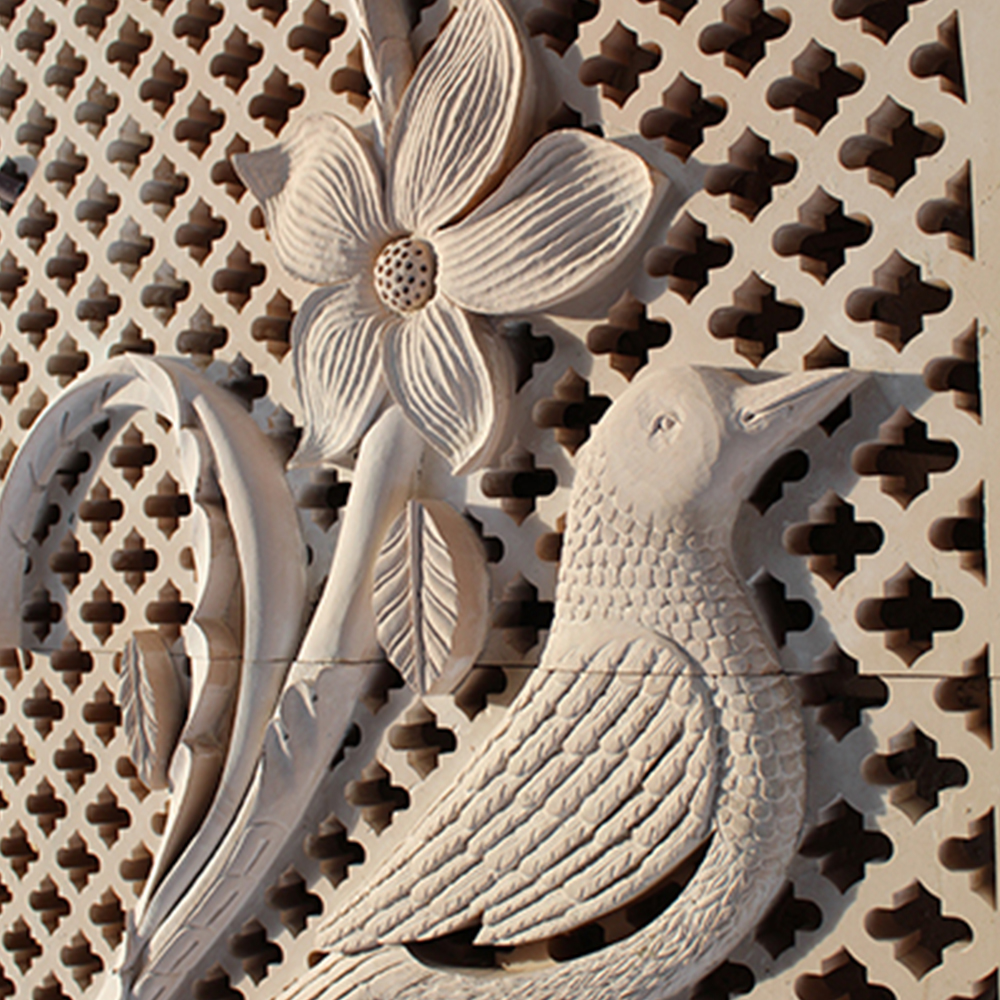In the pursuit of sustainable design, architects and designers are increasingly turning to traditional building techniques for inspiration. One such technique, with a rich history dating back centuries, is the use of jalis. These intricate latticework screens, commonly found in Indian and Middle Eastern architecture, offer a natural and effective solution for ventilation and natural lighting in modern buildings.
Understanding Jalis
Jalis are typically constructed from stone, wood or metal, and feature a variety of perforated patterns. These patterns can range from geometric shapes to intricate floral designs, each with its own unique aesthetic and functional properties. Traditionally, jalis were used to provide privacy while allowing for the passage of air and light. However, their role extends far beyond mere ornamentation. Today, stone or white marble jali is the most preferred form of architectural latticework installed in structures.
The Benefits of Stone Jalis for Sustainable Design
- Enhanced Natural Ventilation:
- Improved Indoor Air Quality: Jalis facilitate the circulation of fresh air within buildings, reducing reliance on mechanical ventilation systems and improving indoor air quality.
- Energy Efficiency: By promoting natural ventilation, stone jalis can significantly reduce the need for air conditioning, leading to lower energy consumption and reduced carbon emissions.
- Thermal Comfort: Jalis can help to regulate indoor temperatures by allowing for cross-ventilation and preventing excessive heat gain or loss.


